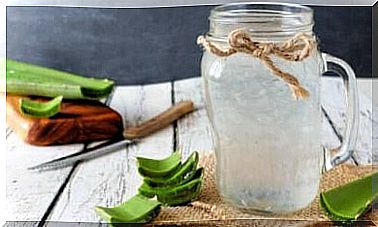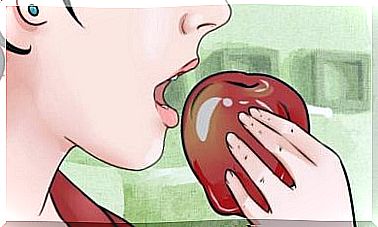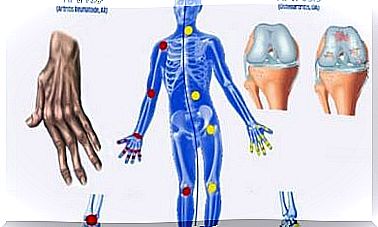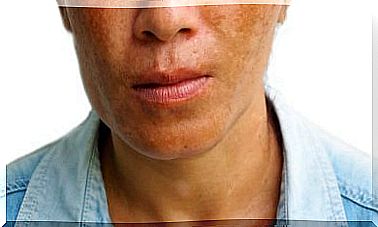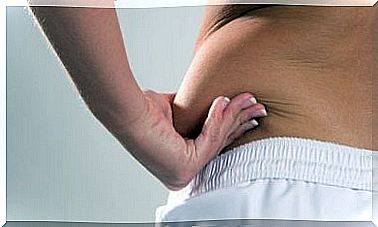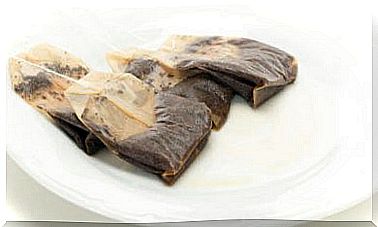How To Avoid And Treat Bedsores?
It is essential to change position frequently in patients who may be at risk of developing pressure sores.
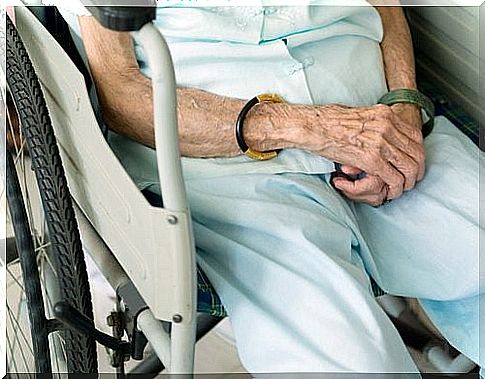
When a person is lying down for a very long time due to illness or age, pressure sore formation is common.
The skin is subjected to a strong pressure and in some areas, may appear redness at first, then blisters, sores or ulcers.
In order for this not to happen or in order to be able to deal with them, we recommend that you read the following article.
What are bedsores?
Patients who have to rest for long periods of time suffer from the development of what are also called “pressure ulcers”.
These injuries can be painful and increase people’s inability to move.
Pressure ulcers are produced by the pressure exerted by the bones on the mattress or pillow.
In between is the skin, which lacks blood flow and suffers from necrosis. They can also be due to humidity in an area when the person is suffering from urinary incontinence.
Maceration of the sacrum and pressure from lying down do not mix.
These sores are classified according to the amount of skin layers they affect. They range from simple redness to affectation of the bone.
Pressure sores can cause infection and a lot of pain because they get worse if the person does not change their position.
The risk factors that increase the formation of pressure sores are:
- Advanced age
- Total stillness
- Urinary incontinence or lack of control over the excretory system
- Undernutrition or dehydration
- Slow healing diseases
- Mental disorders (dementia, confusion, Alzheimer’s)
- Taking sedative drugs
How to prevent bedsores?
This problem is very common in elderly patients and nurses and relatives should pay attention to it to prevent its occurrence and development.
Here are some tips for preventing pressure sores:
1. Change position every 2 or 3 hours
Depending on the possibilities of the patient, it is necessary to change sides, so that the blood circulates and so that the skin is not always pressed too hard in the same place.
- For example, you can use cushions for the back and to turn the patient to the right or to the left.
2. Inspect vulnerable areas
There are areas of the body where pressure sores are more common: heels, hips, sacrum, knees, ears and shoulders.
When there is reddening, it should be treated immediately to prevent a sore from appearing.
3. Maintain good personal hygiene
Even if the person is still lying down, they sweat and get dirty. A complete toilet or daily shower is essential to reduce the risk of pressure sores.
- Always use neutral soap and do not rub.
- Drying is also important because humidity speeds up the blushing process.
4. Reduce pressure points
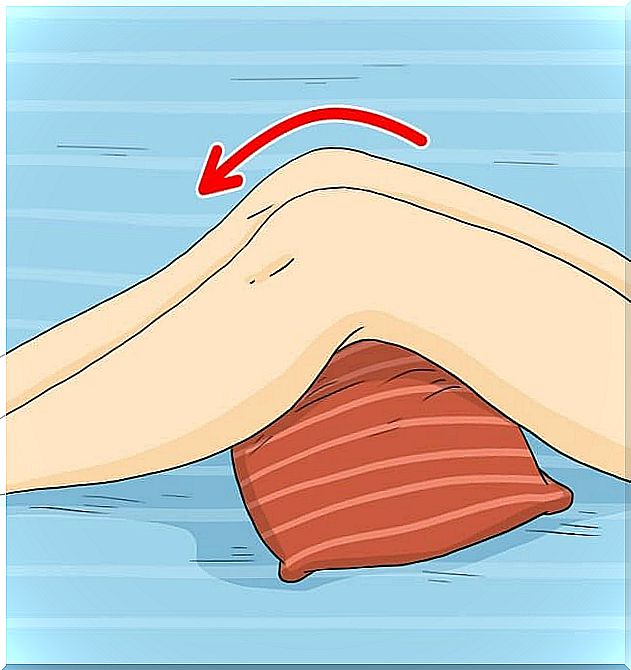
When using cushions or special items found in rehabilitation or patient care stores, it is possible to prevent these areas of the skin from being pressed too hard on the mattress, sofa or bed. Wheelchair.
- For example, when the legs are glued together, we can put a cushion between the knees.
- There are pads and other items that can also be used in these cases.
5. Feed and hydrate the patient well
A balanced diet in accordance with the person’s needs is fundamental to improving their health and having all the necessary nutrients.
In addition to water, infusions or soups, it is recommended to consume gelatin to increase the intake of fluids.
6. Avoid heel pressure
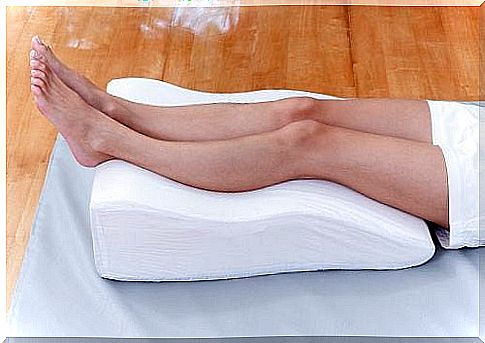
You can put a cushion under the calves so that the feet are “in the air”, taking care that the sheets and coats do not compress the toes.
For this, you must wear pajamas as loose as possible.
7. Massages
Two or three times a day, it is very important to give massages to stimulate blood circulation and prevent the muscles from becoming numb.
It is recommended to use special lotions or creams.
Never massage bony prominences, as they can put more pressure on the thin layer of skin around them.
8. Change of clothes and sheets
Check that the patient’s clothing is suitable.
- They cannot be too tight, but also not too loose because in the first case they do not allow the skin to “breathe” and in the second they can curl up and put more pressure on certain areas.
- Clothing cannot have buttons, zippers or thick seams.
- Regarding the sheets, it is very important to change them periodically, especially to avoid humidity and dirt.
9. Do exercises
If the patient cannot move on their own, the caregiver should help them exercise their legs, arms, neck etc.
These mobilizations improve blood circulation and reduce the time of pressing against the bed.
Home remedies to treat mild pressure sores
It is only in mild cases that pressure sores can be treated with home remedies. Here are some that can be used:
1. Aloe vera

It can be found in cream or directly cut a stem horizontally (and remove the inner gel).
Aloe vera cools the skin, increases blood flow, prevents infection and provides immediate relief.
2. Milk of magnesium
It is found in natural stores and is used to reduce reddening and also swelling. It should be applied with a cotton pad three times a day.
3. Honey
Thanks to its antibacterial properties, it helps when the wound has formed recently. In addition, it hydrates the skin.
Apply some honey and then cover with a bandage.

